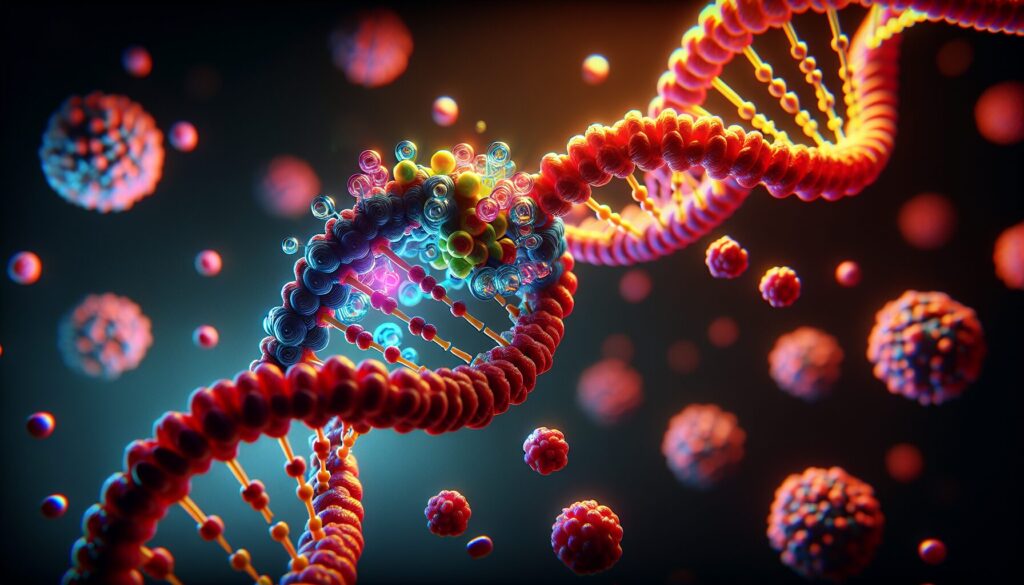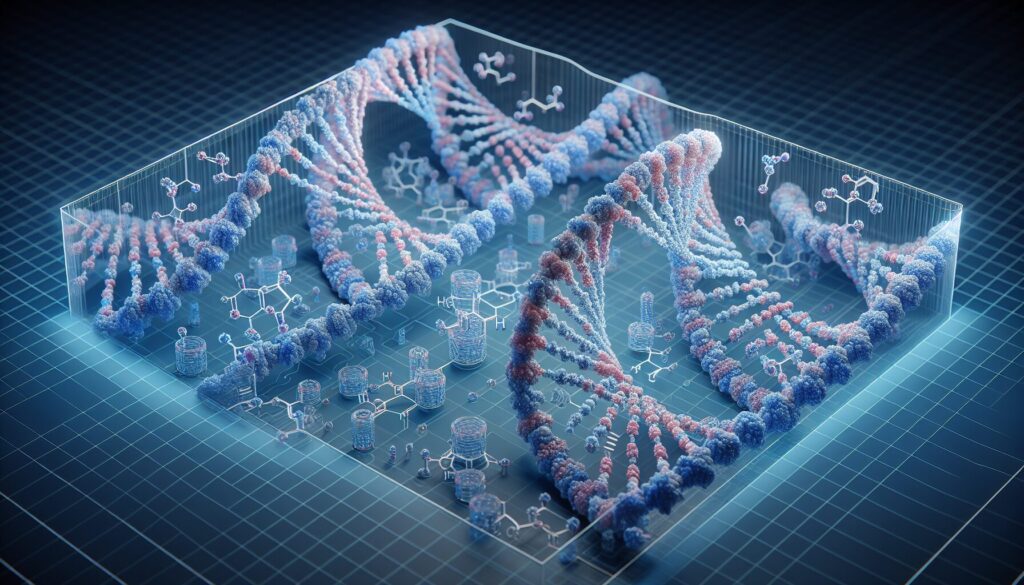
Heavy Metals In Tap Water
The quantities of heavy metals in public tap water supplies are often a big unknown to people across the globe and could be a threat to human health. As with all toxins, the body has various means to get rid of them such as sweating or processing in the liver. However, levels of certain toxins, especially heavy metals, can build up in the body.
Some heavy metals can be carcinogenic, having the potential to cause cancer, while they can also affect brain chemistry. Heavy metal build ups in the body from public tap water supplies have been a problem since the times of the Ancient Romans. Many developing nations are experiencing similar issues with their tap water, with some reporting milder carcinogenic risks than average.
Heavy metal exposure from public water supplies is a lot more of a health threat than you may think. For example, if you go to a restaurant they are using public water supplies. When you shower or bath, your skin is most likely being exposed to public water. The skin is considered by some to be one of the largest organs in the body, making the skin a huge means for tap water and heavy metal exposure.
Of course, the effects are expected to be a lot worse if ingesting a heavy metal or regularly consuming heavy metals, compared to skin exposure. For these reasons there is a healthy market for in house tap water filtration at the point of entry, as well as end point water filters or shower filters. This is without mentioning other tap water contaminants such as chloride, fluorine and plastic derivatives, some of which aren’t tested for.
In this article we will look at the potential human health issues from heavy metals in tap water.

Top 5 Heavy Metals Found In Tap Water
To ensure safety of the public water supply heavy metals are tested for. However, this does not mean that they aren’t regularly present within the water supply in concerning quantities. Also, some municipalities in developed nations have found that the quantities of some heavy metals exceed their threshold levels, despite testing and elimination procedures.
Considering how important water supplies are becoming, especially in many developing nations, ensuring a clean water supply is of increasing importance. People across the globe die from chronic heavy metal poisoning each day. Some areas find that their level of heavy metals in tap water exceed safe levels.
In general, all heavy metals share the same toxicity mechanism. They induce oxidative damage to tissues via accelerated oxidative stress. Some heavy metals have more harmful effects than others and are found in higher quantities than others. Some of the most prevalent heavy metals in tap water include cadmium, lead, mercury, iron and nickel. Based on research, we would consider these to be the top 5 heavy metals found in tap water. An accumulation of these heavy metals will destroy core metabolic processes within the body.

Cadmium
Cadmium is a very reactive heavy metal and one of the top 5 heavy metals found in tap water. Some areas often detect unexpectedly high cadmium levels. This heavy metal can be very toxic, also at low levels, while it bioaccumulates too adding to its lethality.
Some of the reasons for cadmium contamination of public tap water include industrial contamination and water treatment. Cadmium contamination of water can cause a health risk and is also of ecological concern.
For example, in Japan one community reported kidney issues from cadmium contamination of their water supply. Some areas of Asia have reported this to be a high pollution risk and that may be because of industrial run off. These communities may then be eating fish from rivers or oceans with contamination. This worsens food chain accumulation of toxic heavy metals. Cadmium toxicity may affect various organs, not just the kidneys, such as the testis and liver. Gradual accumulation of cadmium can lead to cancer through oxidative stress induced damage to DNA.
Cadmium is therefore a considerable heavy metal contaminant of tap water and is linked to organ damage with dose dependent effects.

Lead
Lead is of most concern to most people as a tap water contaminant. Human struggles with lead toxicity in public water go as far back the original city-wide public water supplies in Ancient Rome. Sometimes there is lead in pipes which causes heavy metal toxicity. However, lead can enter the water supply through the soils from industry in surface run off. This is considered to be a leading cause of lead contamination. As found in active research, people in poverty in inner city areas, also in developed countries, are at most risk of excess blood lead levels.
Lead can bind to red blood cells, distributes in soft organ tissues and accumulates in bone tissues. This is in part why it is so toxic. The turnover of bone tissue, as with pregnancy, can actually release this heavy metal into the blood stream. This alone provides a reason as to why you may want to avoid this heavy metal. Lead is the one of the most common heavy metal tap water exposures and can lead to serious functional decline.
This heavy metal tap water contaminant is known to be toxic to the body and could interfere with brain chemistry. Lead is a particularly well known neurotoxin and can cause psychiatric disturbances. Lead can be very reactive, forming reactive oxidative radical molecules and substitutes for calcium in the brain which causes neurotransmitter problems.
Some studies have associated excess lead contamination of tap water supplies with cognitive and behavioural issues. Lead can interfere with nerve cell development in childhood, that could lead to long-term neurological or cognitive declines. Lead also interferes with brain related functions including thyroid, kidney and blood pressure functioning. Poor nutrition also seems to make the effects of lead toxicity worse.

Mercury
Mercury is a heavy metal tap water contaminant of high concern. This heavy metal can enter the tap water supply from industrial contamination and surface run off, just like lead. This heavy metal is very toxic because of its reactivity and can cause serious health problems.
Just like lead this is a known neurotoxin that can interfere with brain functioning. Mercury can cause health problems, particularly with memory and cognitive functioning. This heavy metal causes serious developmental defects in the brain. While studies have also shown that mercury can cause serious damage to the kidneys. There is also evidence that mercury is a potential carcinogen or cancer causing heavy metal. Mercury containing compounds can generate oxidative stress and directly interact with DNA to cause cancer.
Acute heavy metal exposure, for example with mercury, can often involve an onset of nausea, headaches, cognitive disturbance and emotional disruptions, including depression. Chronic exposure to heavy metals like mercury can lead to fatigue, decreased processing speed and general cognitive decline.
Mercury is very toxic and damaging to the body, which is why we consider it to be in the top 5 heavy metals found in tap water.

Iron
Iron is also a heavy metal contaminant that is found within tap water. Along with lead, it is one of the highest offending heavy metal contaminants that is found at higher levels than usual within tap water supplies.
While many vegetarians find themselves deficient in this key mineral, iron overload from tap water could be a concern in some communities. Iron is needed to produce healthy levels of red blood cells, that carry oxygen to support optimal tissue health. However, iron is very reactive and can tilt oxidative stress within the body. This creates antioxidant stress conditions and is why iron heavy metal toxicity can be a concern. Iron build ups in the brain can be a cause of diseases like Alzheimer’s or neurodegenerative diseases. Iron excess can also add to arteriosclerosis and heart disease risks.
These are important reasons why it should be considered to be a top 5 heavy metals found in tap water.

Nickel
Nickel is like lead in that it can be a particularly dangerous heavy metal to accumulate within the body. While you may not immediately associate heavy metal presence in tap water with nickel, some nations detect nickel in excess to established safety standards.
There have been instances of nickel induced cancer and causes a higher impact risk of health disorders at higher concentrations. Nickel can be particularly carcinogenic. Although nickel is not as carcinogenic as other food chain contaminants. Nickel can cause oxidative damage to DNA, which leads to cancer.
Accumulated oxidative stress can also lead to the worsening of certain inflammatory diseases. This can also have consequences for the elderly population who are particularly vulnerable. Some heavy metals found in tap water, like nickel, could also have effects on breast cancer risk. Oxidative stress induced damage, at a local tissue level, may be responsible for fertility issues observed with nickel accumulation.
Nickel can also cross the blood brain barrier, where it may effect cognitive functioning. Neurodegeneration has been detected in some studies, as well as impaired memory performance.
This highlights the detrimental effects of nickel and how it can be considered to be top 5 heavy metals found in tap water.

Summary
The accumulative toxicity of heavy metals from public tap water supplies is a growing health and wellness concern. While the body has the ability to remove toxins, especially through sweating, levels of some heavy metals can build up in the body. This includes heavy metals that are present in tap water.
For public safety, tap water supply heavy metals are tested for. However, this does not mean that they aren’t regularly present within water supplies in concerning quantities, as evidenced by studies in developed and developing nations.
We would consider the top 5 heavy metals found in tap water to be cadmium, lead, mercury, iron and nickel. All heavy metals share the same general toxicity mechanism, inducing oxidative damage to tissues.
Cadmium is a very reactive heavy metal, a potential ecological hazard and has toxic effects on organs such as the kidneys.
Lead is of highest concern as a tap water contaminant to most people. This is the heavy metal most people are exposed to each day in their tap water. This historically offending water contaminant can be found in levels higher than may be safe, including in developed nations. Lead is a known neurotoxin, causing neurotransmitter issues, hindering brain potential and interfering in key organ processes.
Mercury is another toxic tap water contaminant, able to generate oxidative stress and impair memory. Iron build ups from tap water iron overload can similarly lead to neurodegenerative diseases. Nickel is not immediately associated with water contamination but this heavy metal is also pretty dangerous, being a known carcinogen that can affect breast cancer risk.
For more interesting articles, see the main page below.





